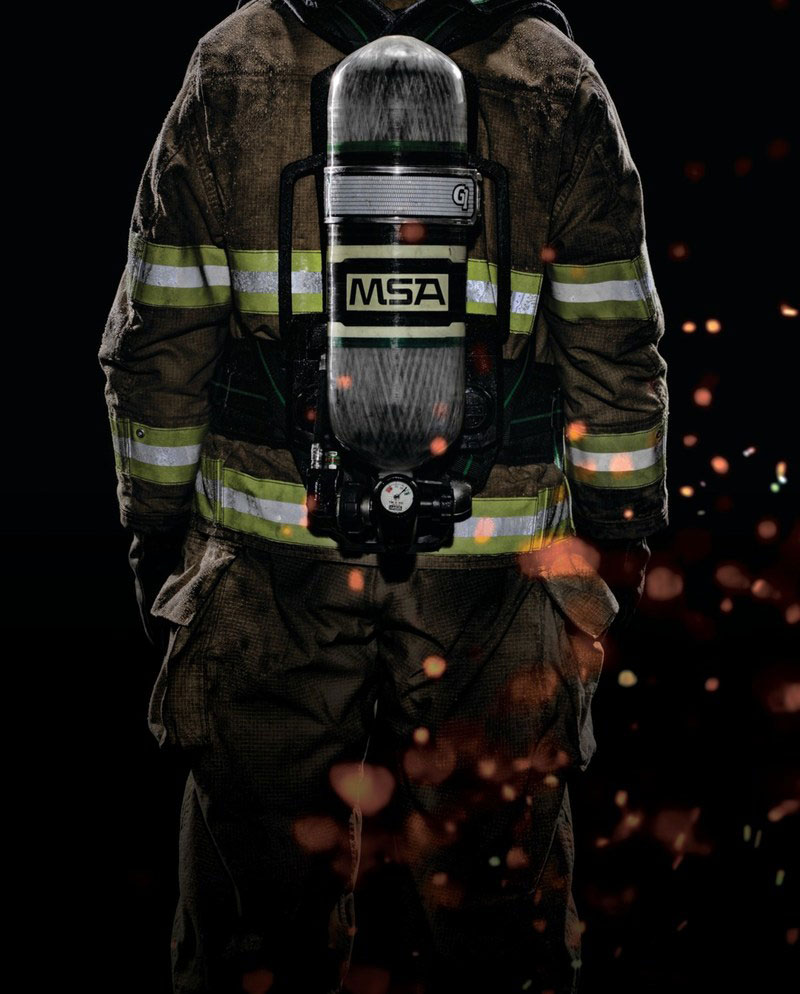
Station design can play a very big role in turnout times, right?
Well, maybe not quite as much as previously thought.
While many research studies have emphasized that station design is a big factor with direct impact on turnout times, another recent study suggests that incident time of day is actually of much greater importance.
Daniel Scheller, Ph.D., co-author of “Fire Department Turnout Times: A Contextual Analysis1,” says that:
Recognizing the interaction of station design and the time of day of an incident is crucial to understanding turnout times.
Fire departments nationwide seek to decrease their turnout times to emergencies.
Turnout time is the time from which a dispatcher alerts a fire unit of an emergency to when the unit leaves the fire station.
As such, it is an integral component of emergency response time.
The National Fire Protection Association has set a 60 second standard for effective turnout.
Dennis Reglen and Daniel S. Scheller examined how station design of dormitory location and the time of day of the emergency affect turnout times.
Previous research indicates that the location of a station’s dormitory is major component of turnout time.
Moving beyond descriptive statistics, they present a causal model and interactive hypothesis.
Contrary to previous research, Reglen and Scheller hypothesize that the effect of station design is conditional upon the time of emergency – that above-the-garage dormitories have longer turnout times during the graveyard shift.
Their new research finds that station design, per se, does not affect turnout time.
Additionally, they found that the effect of station design on turnout time is conditional upon the time of day of the emergency.
Above-the-garage dormitories experience 10.7% longer turnout times, but during the graveyard shift.
Across all station designs, the graveyard shift increases turnout times between 50.8% and 58.9%.
Research Takeaways
Key findings from this study on turnout times and the impact of time of day include:
- Time of day had the greatest impact on response times. Station design was not the main factor in turnout time.
- Graveyard shift response times were longer regardless of station design. Graveyard shift was defined as midnight to 6 a.m. for this study.
- Dormitories located above the apparatus garage or in a separate facility had longer response times during the graveyard shift.
- There was no significant difference in turnout times between different station designs, except during the graveyard shift where above garage dormitories had longer turnout times (10.7% longer than during the day).
- Walking downstairs or sliding down a fire pole to the apparatus garage took longer because those activities require more wakefulness than walking through a door.
This study doesn’t suggest abandoning above garage dormitories, but there may be more cost effective ways to reduce turnout times.
Fire service leaders should look at special training or protocols to lessen the impact of station design.
(We believe that only by working together can those of us whose work affects the safety of others — from electricians to engineers to first responders — build a network of intelligence to keep our increasingly complex world safe. NFPA is committed to leading this charge, working tirelessly with tradespeople and professionals to stay ahead of problems and to create real-time solutions to prevent loss to life and property.” Courtesy of the National Fire Protection Association and YouTube)
Learn more about this research
The research article is available through the U.S. Fire Administration’s library by contacting netclrc@fema.dhs.gov.
Interested readers may also be able to access the article through their local library or through the publisher’s website.
1 Reglen, D., & Scheller, D. S. (2016). Fire Department Turnout Times: A Contextual Analysis. Journal of Homeland Security and Emergency Management, 13(1). doi:10.1515/jhsem-2015-0015
About the Authors:
Dennis Reglen
Dennis Reglen is a retired Fire Lieutenant from the El Paso Fire Department having served 22 years. He holds a masters degree in public administration and a bachelors degree in business administration, both being awarded at the University of Texas El Paso.
He continues to work closely in the El Paso community now managing the El Paso 311 center.
Daniel S. Scheller
Daniel S. Scheller is an Assistant Professor in the Master of Public Administration Program at the University of Texas at El Paso. He received his PhD in Political Science from Florida State University.
His research interests are in neighborhood governance, housing policy, and local emergency response. He has recently published articles in the Journal of Urban Affairs, Social Science Quarterly, and Urban Affairs Review.
You can also learn more from the Fire Protection Research Foundation (FPRF) website, at https://www.nfpa.org/.



















